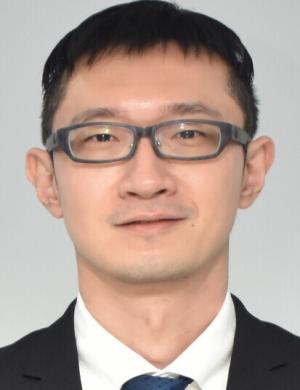
| Prof. Por Lip YeeIEEE Senior MemberUniversiti Malaya, Malaysia Biography: Dr. Lip Yee, an esteemed Professor at the Department of System and Computer Technology within the Faculty of Computer Science and Information Technology at the Universiti Malaya, Malaysia, earned his Ph.D. from the Universiti Malaya under the mentorship of Prof. Abdullah bin Gani in 2012. He is also a senior member of the IEEE. Since then, Dr. Por has made significant contributions to academia, research, and industry.
Dr. Por's research endeavors have been at the forefront of technological advancement, particularly in the domains of security and quality assurance of information (NEC 2020: 0611) and machine learning (NEC 2020: 0613). His research interests include machine learning, support vector machines, deep learning, long-short-term memory, computer vision, AIoT, IoT, blockchain, authentication, graphic passwords, PIN-entry, cryptography, data hiding, steganography, and watermarking. His pioneering work has garnered recognition both nationally and internationally, with over 100 academic papers published in reputable journals. Notably, he was among the first few pioneers to publish in the top 1% of ISI journals, with commendable citations across platforms such as Web of Science, Scopus, and Google Scholar. Web of Science (H-index: 18, 1343 citations), Scopus (H-index: 22, 1748 citations), and Google Scholar (H-index: 29, 2777 citations) databases (last update: July 13, 2024).https://www.webofscience.com/wos/author/record/B-5309-2010. |
